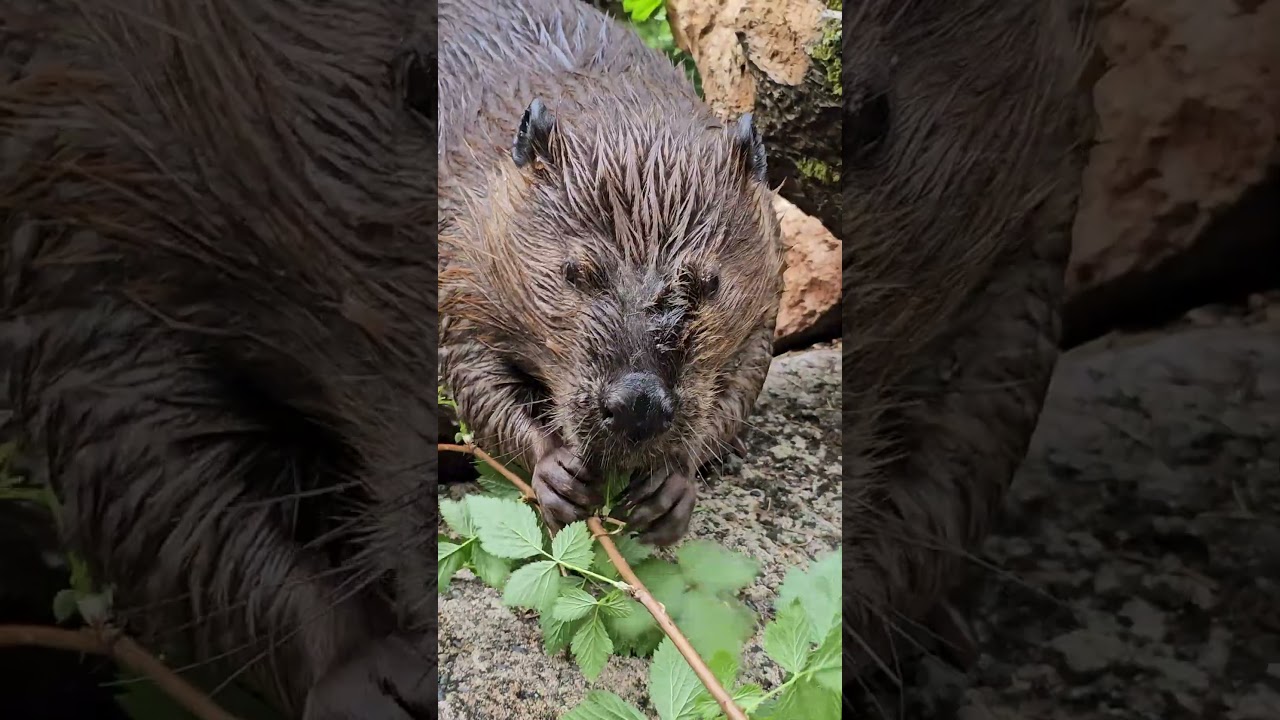-
Introduction to Meet Hudson: Learn about Hudson and his role as a resident browse connoisseur, exploring his background and significance within the zoo.
-
Zoology Insights: Delve into the biological and behavioral characteristics that make Hudson an interesting case study in animal behavior and ecology.
-
Zoo Management Practices: Understand the care techniques employed to maintain Hudson’s health and enrich his habitat, emphasizing the importance of browse varieties.
-
Conservation Efforts: Discuss the broader implications of zoo-based conservation programs, focusing on how Hudson’s role supports these initiatives.
- Educational Impact: Highlight how Hudson contributes to public education about animal care, conservation, and ecological awareness through zoo programs and outreach.
Meet Hudson, the resident browse connoisseur, is not just another animal on display. He embodies an intricate tapestry of biology and conservation, offering unique insights into how modern zoos manage and care for their inhabitants. A captivating figure, Hudson symbolizes the symbiotic relationship between animal care and wildlife conservation, allowing us to explore the multifaceted aspects of zoology and environmental stewardship.
Hudson’s presence in the zoo is not merely ornamental. His role as a browse connoisseur plays a crucial part in educational and conservation efforts. Understanding Hudson begins with examining his background and the unique traits that define him. This includes exploring his species, dietary habits, and how these factors enhance our understanding of animal behavior.
Hudson’s diet is central to his title as a browse connoisseur. Browsing involves feeding on leaves, soft shoots, and fruits, distinguishing these animals from grazers who consume grass. This diet choice offers rich insights into ecological adaptations and survival strategies. Hudson’s ability to select specific browse types is a focal point for zoologists aiming to comprehend dietary preferences linked to evolutionary advantages in different environments. The variety and quality of browse provided to Hudson are meticulously planned to mimic his natural habitat, enriching his lifestyle and promoting psychological well-being.
Zoological knowledge gained from Hudson helps improve management techniques within the zoo. The focus on his dietary needs reflects broader challenges in animal care. Browse selection is pivotal, requiring thorough research to maintain nutritional balance while preventing health issues. It also underscores the role of diet in stimulating natural behaviors and improving captive animal welfare. By understanding these practices, zoos continue to innovate in providing conditions that foster natural behaviors, thereby enhancing the quality of life for residents like Hudson.
Hudson’s story extends beyond immediate zoo walls, touching on global wildlife conservation strategies. Modern zoos operate as conservation centers, focusing on species preservation and rehabilitation. Hudson serves as an ambassador for these efforts, illustrating how zoos contribute to larger ecological goals. Through breeding programs, habitat restoration projects, and public education, zoos aim to reverse trends in habitat destruction and species extinction. Hudson’s role as a browse connoisseur exemplifies these initiatives by demonstrating successful enrichment techniques that could be applied in conservation programs worldwide.
Public engagement is another critical dimension of Hudson’s role. Living exhibits offer transformative learning experiences, fostering connections between visitors and wildlife. Hudson teaches visitors about the intricate needs of animals and the importance of biodiversity. This educational role supports community awareness and encourages conservation action. Programs centered around Hudson engage audiences creatively, developing empathy and deepening appreciation for wildlife.
Hudson’s case exemplifies the synergy between zoology, animal husbandry, and conservation. By examining his life and the strategies employed in his care, we gain a deeper understanding of how these disciplines converge to protect wildlife. His existence reminds us of the responsibility to maintain thriving ecosystems, both within zoos and in the wild. This synthesis of science and stewardship transforms zoos into vital centers of learning and advocacy, underpinning the global commitment to wildlife conservation.
Hudson, with his discerning palate, becomes more than an animal in a zoo. He is a potent symbol of the ongoing collaboration between humanity and nature, bridging the gap between curiosity and conscious care. Through his story, we glimpse the profound intricacies involved in nurturing not just individual species but entire ecosystems, securing a future where animal and human communities coexist harmoniously.
*****
Source Description
Meet Hudson, our resident browse connoisseur! 🦫 With tiny paws holding each wild rose branch, Hudson takes munching very seriously, and adorably. Beavers like Hudson rely on browse not just for food but also for enrichment and dental health.
📹: Keeper Andra


